How to Learn Matte Painting?
Matte painting is a painted representation of a location or area that gives the illusion of reality. From movies to games to art, matte painting creates a world so real that we can imagine ourselves.
We’ve flown over rooftops with Mary Poppins, rode the Lucky Dragon in Neverending Story, experienced adventures with Indiana Jones, and even sailed on the unsinkable ship, the Titanic.
A major work of art may never have been created without the focused imagination of a matte painter. Although matte painting has evolved to be primarily digital, the concept remains the same.
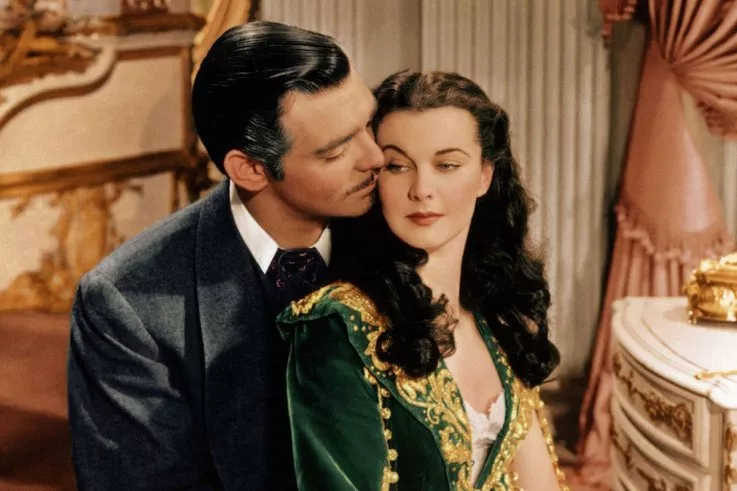
Matte painting has been used for many years (Gone with the Wind in 1939 already had matte painting), but in the past it was 2D and only set extensions, so you didn’t see a change in perspective.
As technology evolves, we are changing more and more how they are created and how they are used, so the lines between matte painting and 3D digital environments are blurring, we often need to create
The complete set in which the camera can fly. As things get more complex, early-stage design work becomes critical.
Want to enter this industry? Not sure where to start. Here’s everything you need to know to become a matte painter.
GET STARTED
Matte painting is an advanced technique that requires more than just mastery of traditional painting and Photoshop. When adding to a real-life environment to create an imaginative world, you need to consider angles, lighting, and geometry to make it look real.
This is not an easy task and requires the artist to have a solid understanding of the basics of traditional drawing and painting, as well as proficiency in programs such as Photoshop.
A great way to gain experience is to do it the traditional way. Go to the park, look out your window, sit on your back porch, and paint your landscape.
Focus on lighting as this will be a key component of combining the two locations into one.
The main takeaway is that learning the basics of traditional art is essential for matte painters, and this should be the first step, no matter how you decide to go about it.

How Matte Painters Use Photoshop
Photoshop is the most commonly used matte painting software. You have to combine still photography and rendered CG elements to create the background, so mastering this is important.
Helpful techniques for matte painting that aspiring artists should master include:
- Learn 2D and 3D
- Photo references are key
- Set up your Photo shop file or Nuke correctly before you start
- Leverage Photoshops background save feature to help your workflow
- Flip the canvas for a different perspective
What do recruiters look for when hiring a matte painter?
The qualifications required vary by company and job, however, most studios are looking for artists with the basic skills to create realistic environments including photographic experience. Specific software to learn about includes:
- Autodesk Maya
- 3ds max
- Photoshop and Nuke
- Linux, Vue, Terragen, Mudbox, or Zbrush
Pro tip: During the interview process, you need to demonstrate the ability to work in a team and lead the team when needed. It is also important to express your appreciation for constructive criticism to show that you are interested in continuing to improve your skills.
What do you do every day?
One of the benefits of matte painting is that every day brings new challenges. You can handle scene expansion and background painting including landscapes and cityscapes as needed.
Pro tip: When creating an environment, it’s important to think inside and outside the box. It must include everything that exists in the fictional world, sometimes even beyond reality.
You can also expect to work with other departments, especially CG, to make matte painting more realistic and believable.You need a stronger base to improve matte painting and concept art work. A return to traditional painting is required to create a stronger foundation.
Matte artists mostly use techniques like Photoshop and photo bash and 3D, but in my opinion knowledge from traditional art is mandatory. This is not only because painting allows you to connect these different techniques into a coherent final work, but because for me, painting on paper is a way of thinking, designing and solving problems. That’s why it always takes about 1.5 to 2 hours for traditional painting.
What an artist can expect depends on the project. When I work as a matte painter, sometimes I receive assets to work on, and sometimes I need to do everything myself. I often handle the 3D aspect myself. I either collect elements from my 3D library, buy models online, or provide me with some low to medium resolution assets. Then I texture light and render.
3D allows me to be flexible so if the client changes or we want to explore different lighting scenarios I can go back to a solid foundation
Ideally, try to execute the design process in an organic way so that “as easy as possible” is incorporated into the final execution. When creating concepts, tend to lay the groundwork for the final high-resolution matte painting. This is a more coherent approach and ideally saves time. This is the ideal goal, then every situation is different, you need to adapt to the needs of the client and there are always constraints.
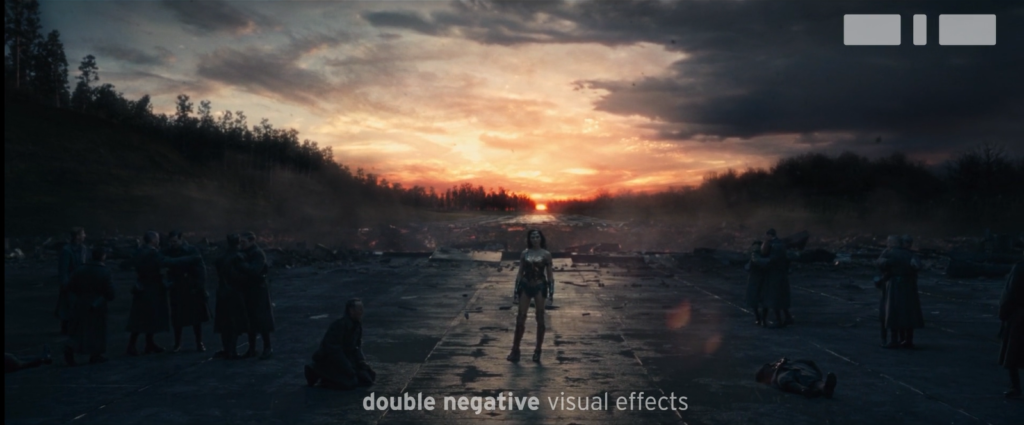
START your journey
Whether you’re already a matte painter, thinking about switching careers, or just getting started, check out some great tutorials on Wingfox to continue your journey.
How To Make a Good Character Rigging?
Rigging is a very important process when it comes to animation. We all know that the character model can not be animated by itself. If you want to make a static object move, you need to do character rigging.
Post a Comment
要发表评论,您必须先登录。
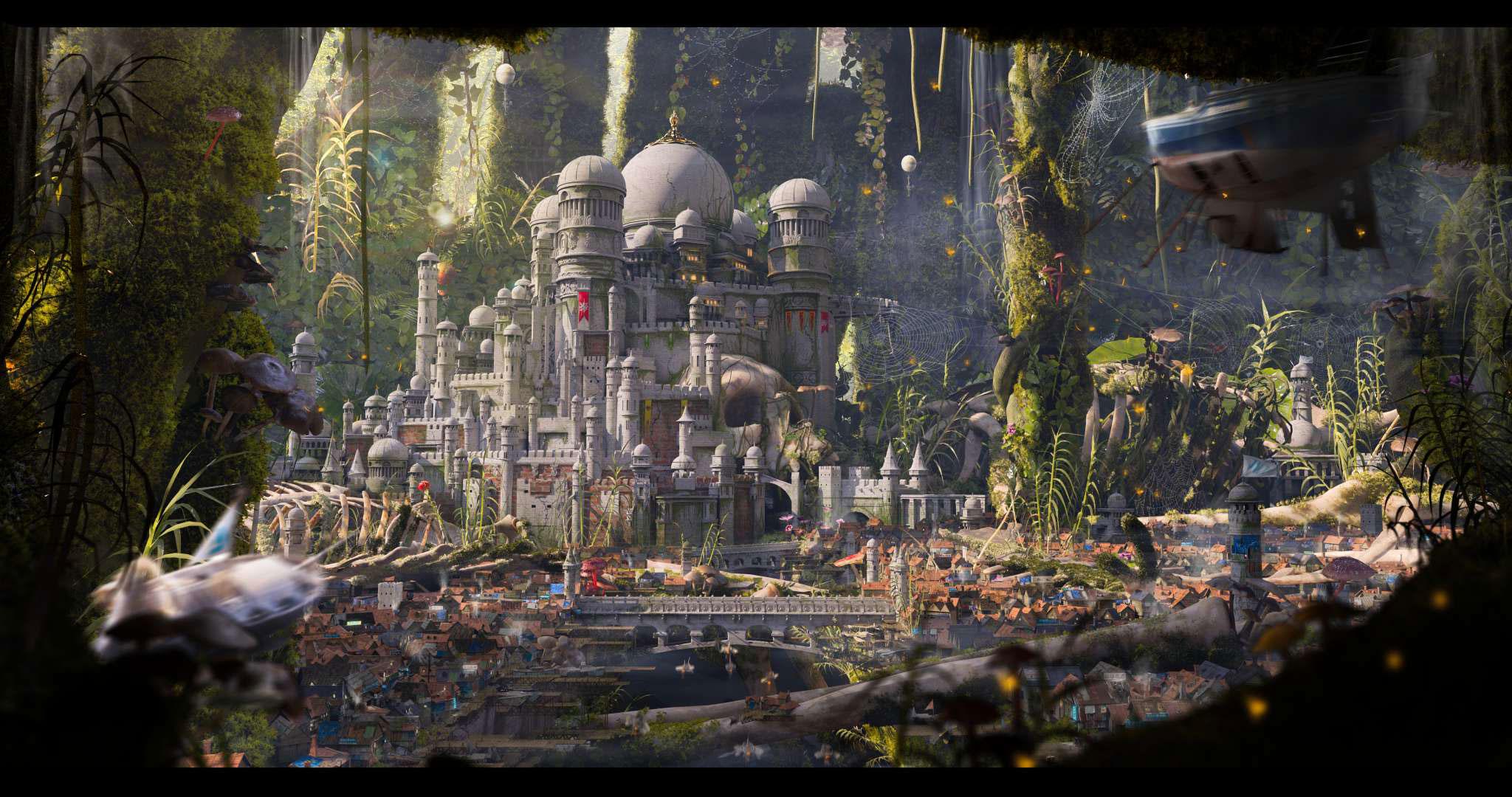
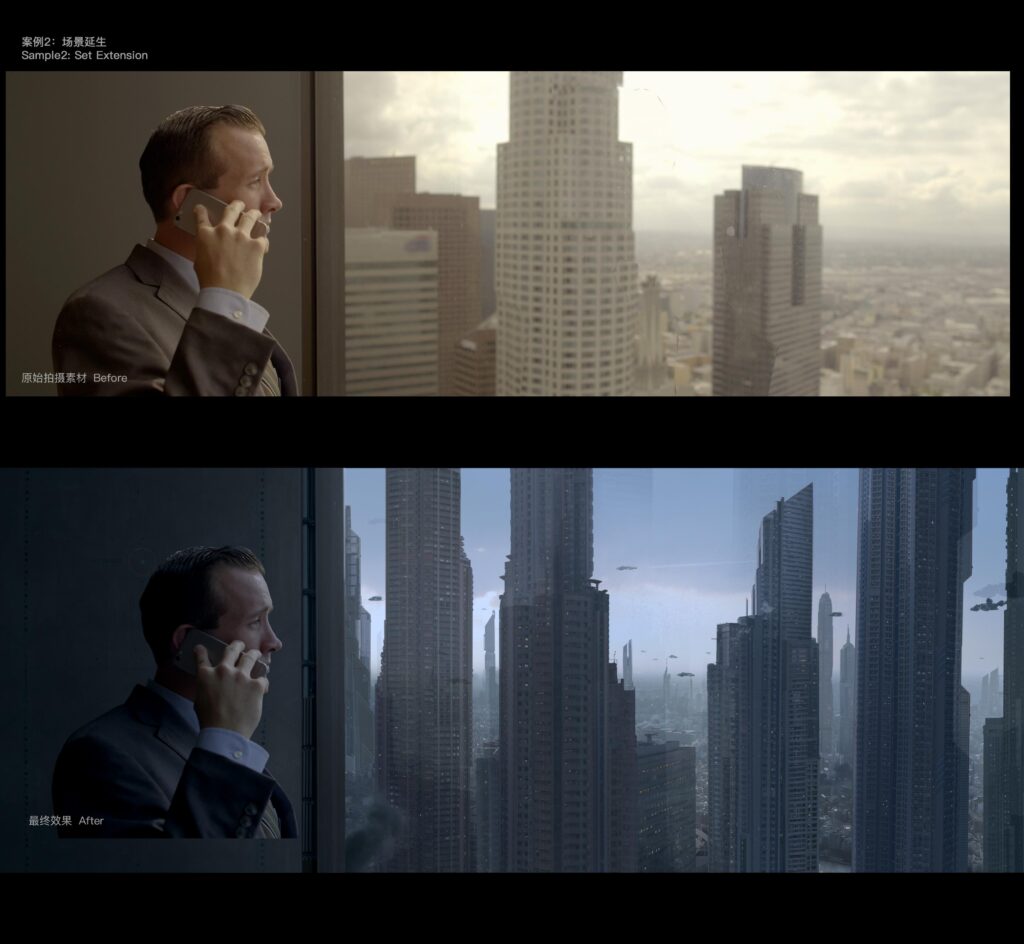
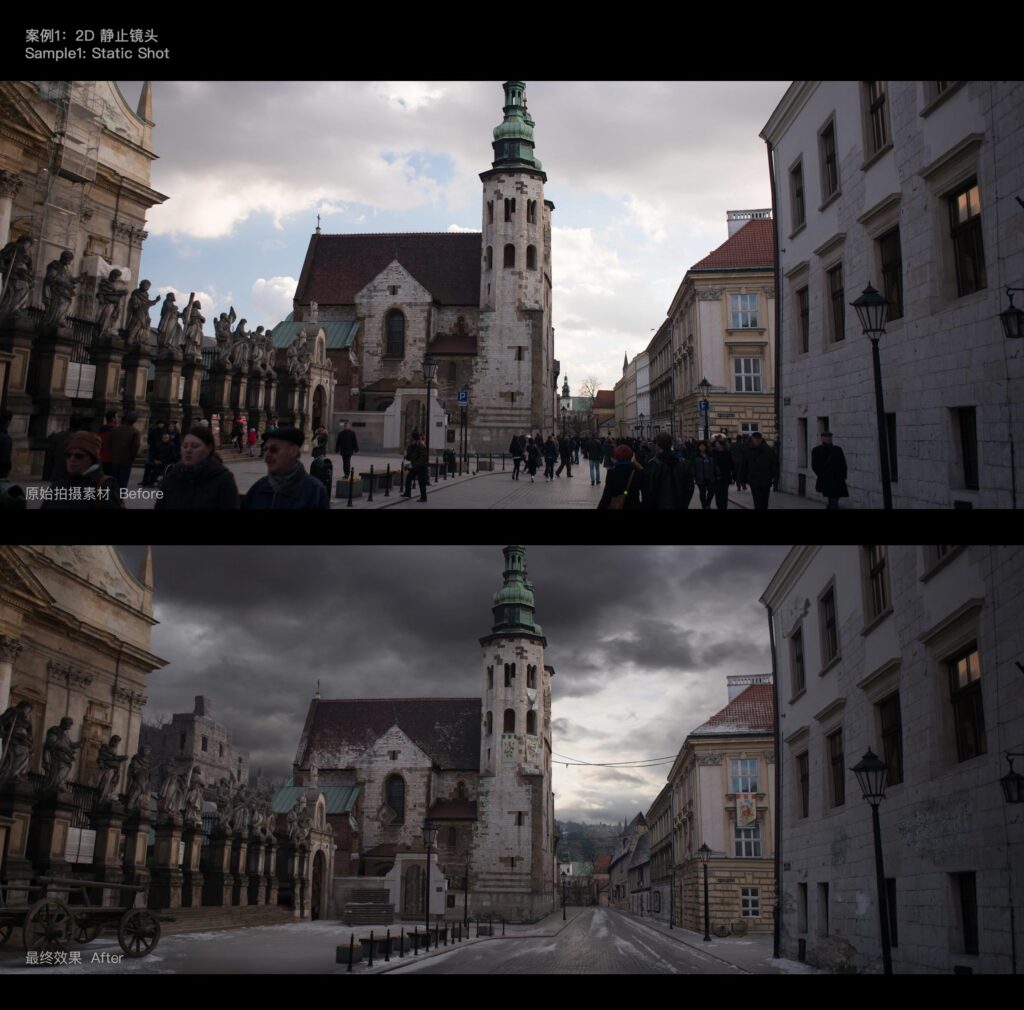









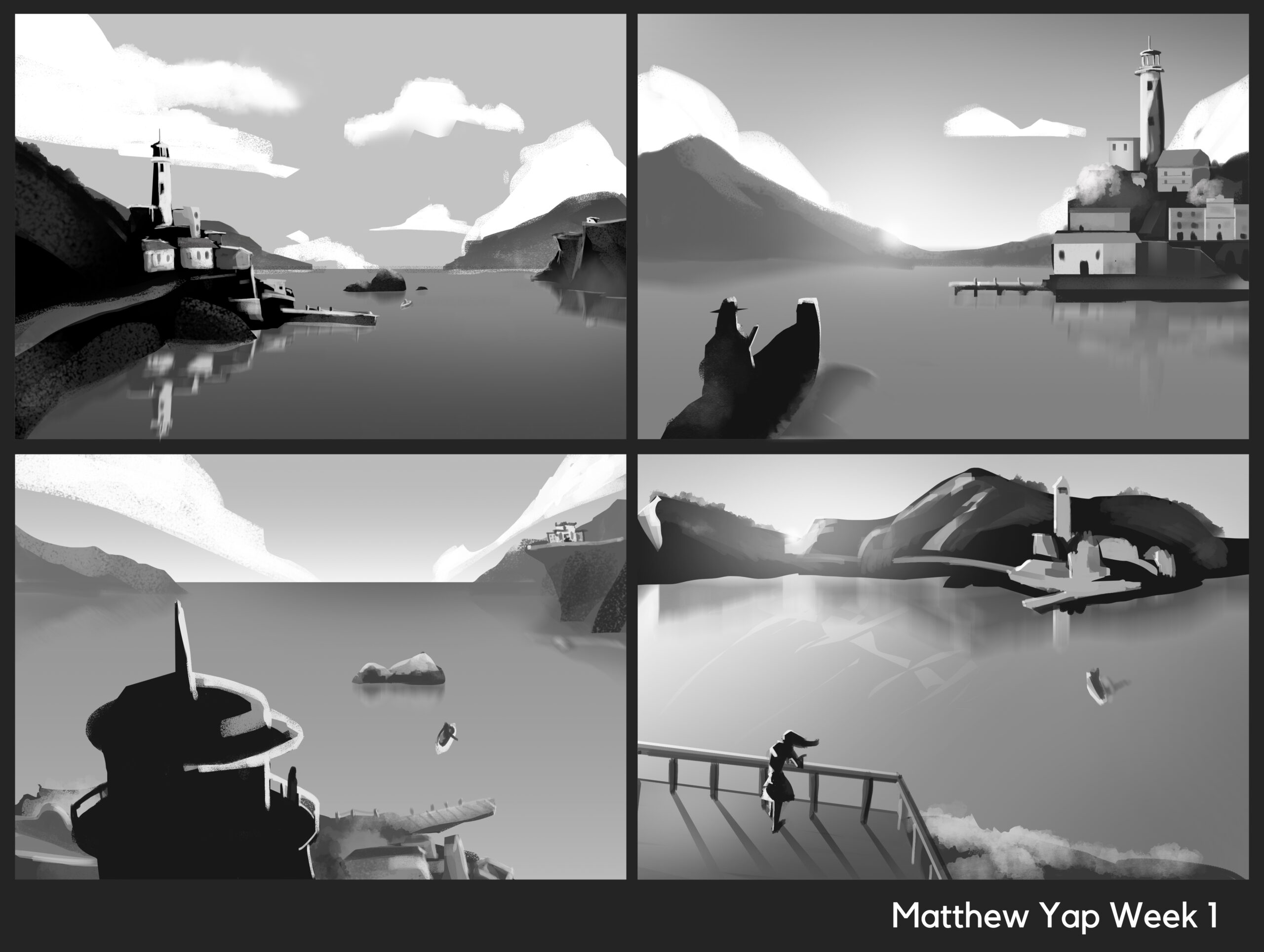

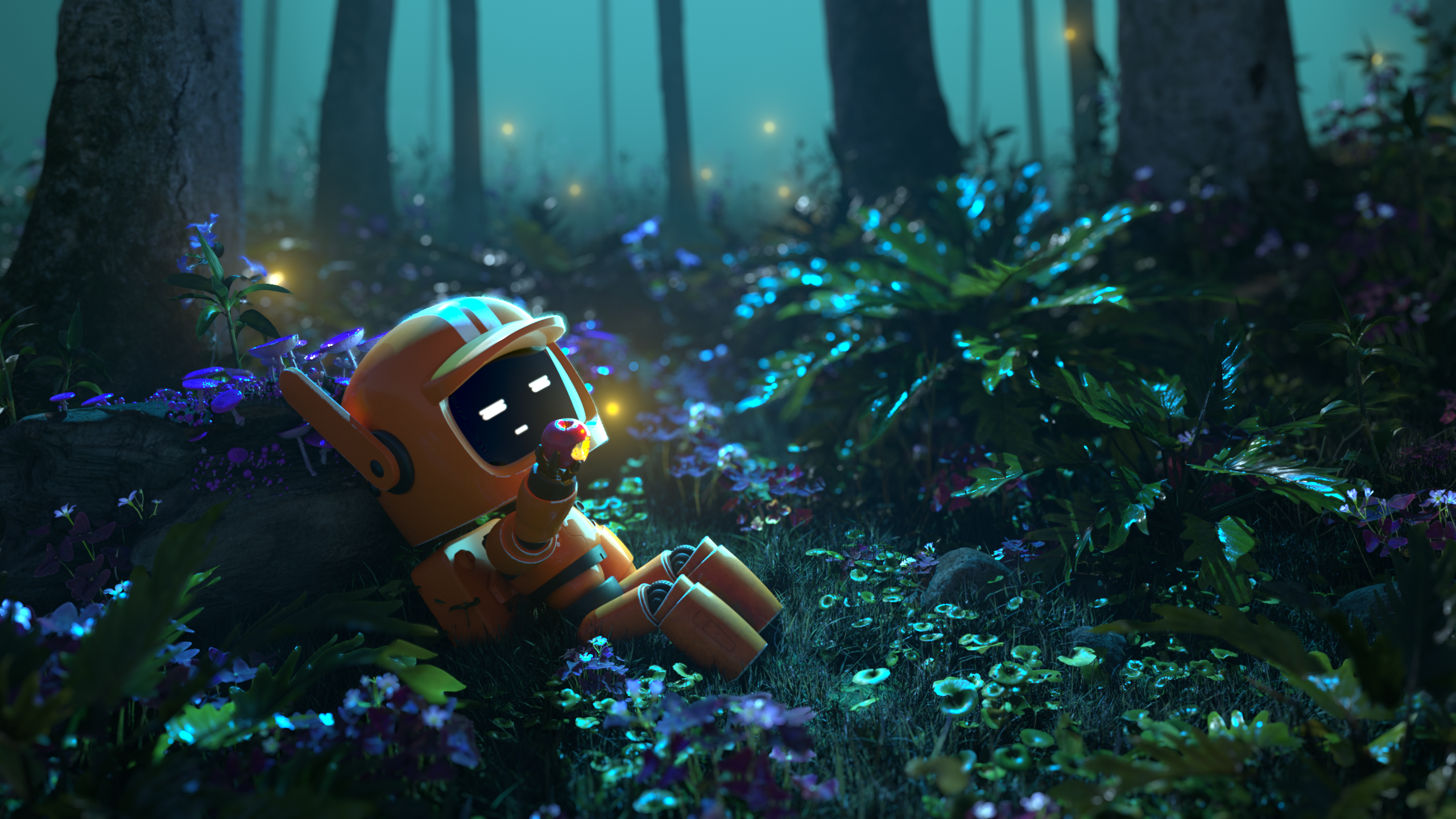
Pingback: How to Learn Matte Painting? | art design | Sc...
2022-02-10Pingback: A Quick Guide to Enter the CG Animation Industry - Wingfox
2022-03-01